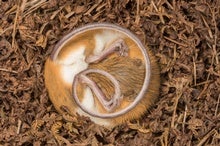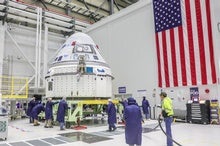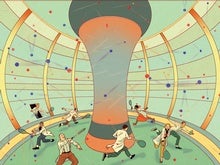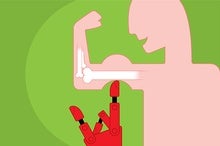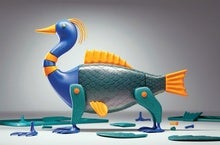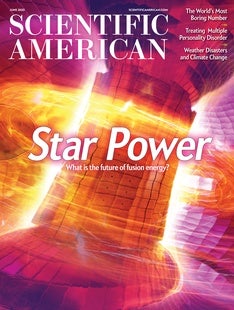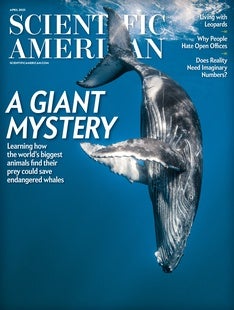 |
| June 06, 2023 |
Even the most impressive software breakthroughs, like the current wave of artificial intelligence programs, are built on hardware. That's why the U.S. government is incentivizing manufacturers to ramp up their production of that hardware: computer chips. In this week's main story, electrical engineering professor H.-S. Philip Wong explains what still needs to be done to make sure this goal succeeds. |
| | Sophie Bushwick, Associate Editor, Technology
| |
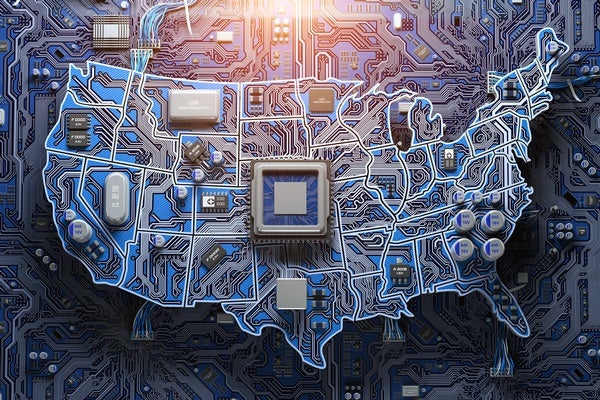 |
| |
| |
| |
| |
| |
| |
| Artificial Intelligence Car-Free Cities Are the Future, Biometrics Reveal Advanced tools for tracking people's eye movements and facial expressions can be used to design better places | | By Justin B. Hollander,Johanna Riddle,Eliandro Tavares,Jenna Van Holten,Jenna Whitney | | | |
| |
| |
| |
| QUOTE OF THE DAY
 "AI chatbots have a problem: They lose money on every chat. The enormous cost of running today's large language models, which underpin tools like ChatGPT and Bard, is limiting their quality and threatening to throttle the global AI boom they've sparked." Will Oremus, The Washington Post | |
FROM THE ARCHIVE
 | | | |
LATEST ISSUES
 |
| |
| Questions? Comments?  | |
| Download the Scientific American App |
| |
| |





